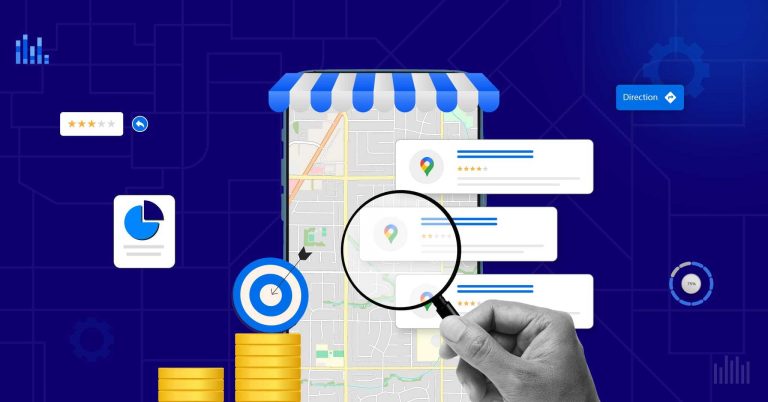Businesses collect customer data from almost every direction—reviews, call transcripts, emails, chat logs, voice queries, and social comments. The bulk of this information is unstructured, which makes it hard to analyze using traditional tools. Unlike neatly stored transactions or demographic profiles, unstructured data is messy, scattered, and often ignored.
The irony is that unstructured data contains the most direct voice of the customer. Their frustrations, expectations, and motivations. When businesses overlook it, they lose sight of the real signals that drive decisions.
This is where AI in customer intelligence makes a difference. By processing and organizing unstructured inputs, AI turns them into actionable insights that guide strategy, improve customer experience, and uncover opportunities.
Traditional customer intelligence has been rooted in structured data—purchase history, demographics, or website metrics. While these numbers are useful, they only tell one part of the story.
Numbers can reveal what happened—sales dropped, customer churn increased, calls spiked, but they rarely explain why it happened. The real context lies in the conversations and comments customers leave behind.
Modern customer intelligence focuses on this deeper layer. It involves listening to customer language, identifying intent, and capturing sentiment, not just crunching transactions. AI makes it possible to do this at scale, uncovering themes that numbers alone cannot show.
The truth is that most customer data goes unused. That’s because unstructured inputs come from scattered sources:
These signals are rich in insight, but without the ability to process them systematically, businesses often push them aside. Leaders may rely on a few anecdotal comments rather than analyzing the full picture.
AI helps unlock these signals by handling scale and complexity that humans can’t manage alone. Instead of treating feedback as noise, businesses can treat it as intelligence.

AI excels at bringing clarity to messy information. It doesn’t just scan words or images—it interprets them.
The result is structured knowledge that businesses can apply across strategy, service, and innovation.
Once unstructured data is organized, its impact becomes tangible. Businesses can apply intelligence to improve decisions at multiple levels.
AI-driven customer intelligence is not just about reporting—it directly informs what businesses create, how they serve, and where they invest.
Managing this process requires more than ad-hoc tools. A customer intelligence platform provides the infrastructure to bring everything together.
It enables businesses to:
With a dedicated platform, leaders no longer rely on fragmented reports or isolated anecdotes. They gain a unified, continuously updated view of customer reality.
Trying to process unstructured data manually is neither efficient nor accurate. A single team could spend weeks combing through reviews or call transcripts and still miss critical patterns.
Manual work also introduces bias—people may overemphasize certain comments while ignoring others. And because feedback arrives continuously, any static analysis quickly becomes outdated.
Customer intelligence platform solves these issues by:
Without this layer of automation, businesses risk falling behind on the very insights that matter most.
The value of customer intelligence extends far beyond the marketing department.
By feeding intelligence into multiple functions, AI ensures the entire organization benefits, not just one department.
Unstructured data may appear messy, but it contains the clearest view of customer reality. With the right approach, AI in customer intelligence turns scattered conversations, reviews, and feedback into structured insights that businesses can act on.
At SingleInterface, we help organizations simplify this shift. Our platform transforms unstructured data into meaningful intelligence that guides smarter decisions across products, services, and strategy.
Explore how SingleInterface works or read more about customer-focused strategies to see how AI-driven intelligence can support your growth.